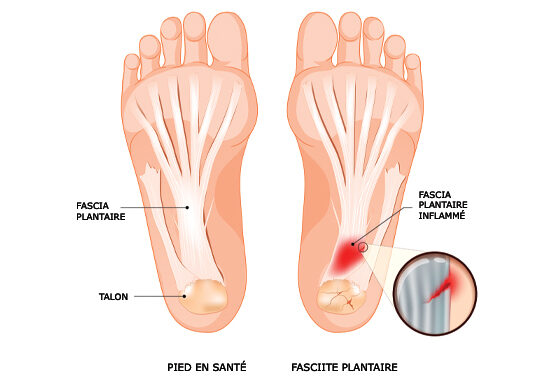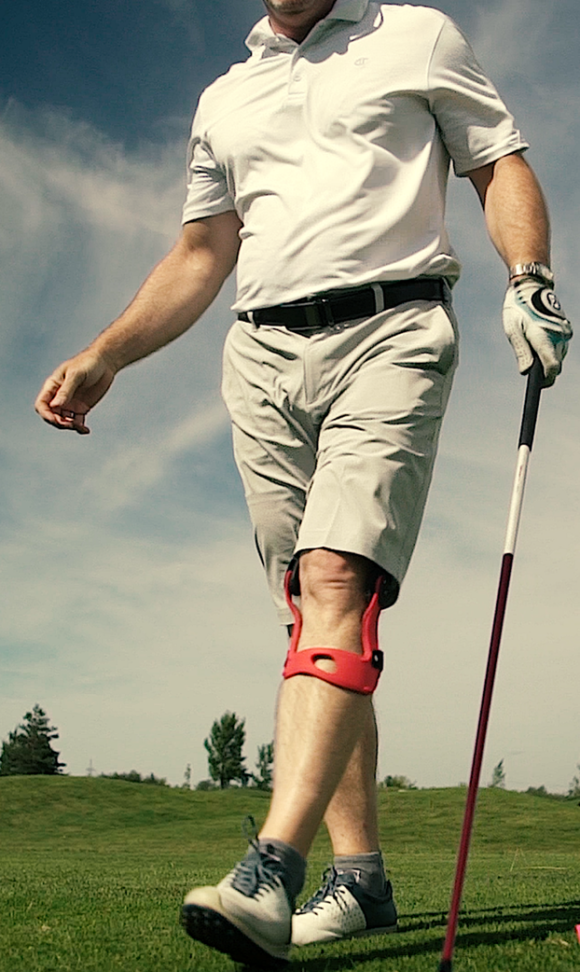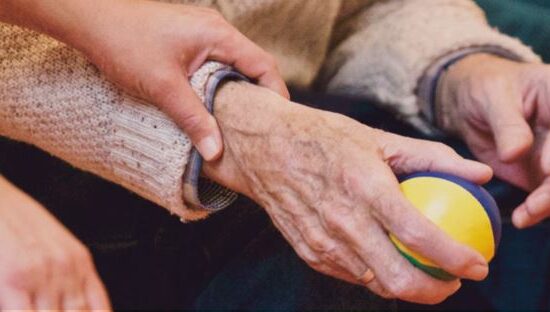Causing significant pain under the foot near the heel, plantar fasciitis is one of the most common inflammatory conditions observed in Quebec. It primarily affects adults who work standing and athletes, but anyone can experience it at some point. Learn to identify the symptoms, understand the causes, and explore the solutions available to relieve the pain.
What is plantar fasciitis?
Plantar fasciitis is an inflammation of the plantar fascia. This is a ligament on the underside of the foot that causes acute pain in the heel, especially when waking up or after resting.
This heel pain often appears intermittently and can radiate from the tip of the heel to the toes. It tends to diminish as the muscles warm up with movement, but may reappear after periods of rest, particularly when you stand up, and usually worsens when you are in a standing position, due to the weight exerted on the whole foot.
Occasionally, you may experience secondary symptoms in the Achilles tendon, ranging from a slight tingling sensation to a burning sensation all over the sole of the foot.
Symptoms of plantar fasciitis
Plantar fasciitis can manifest itself in several distinct signs, which it’s important to spot early on:
- Morning pain: a sharp sensation in the heel as soon as you take your first steps after waking up or sitting for a long time.
- Burning or tingling: a feeling of warmth or tingling under the heel or arch of the foot.
- Stiffness: a feeling of tension in the arch of the foot, limiting range of motion.
- Weight-bearing pain: discomfort that recurs when walking, especially after prolonged standing or intense effort.
- Irradiation: pain that can extend from the heel to the arch of the foot, sometimes as far as the Achilles tendon.
- Sensitivity to touch: the heel may become very sensitive to pressure or massage.
Identifying these symptoms allows you to act quickly to prevent chronic pain. In the event of pain, we advise you to consult a specialist..








